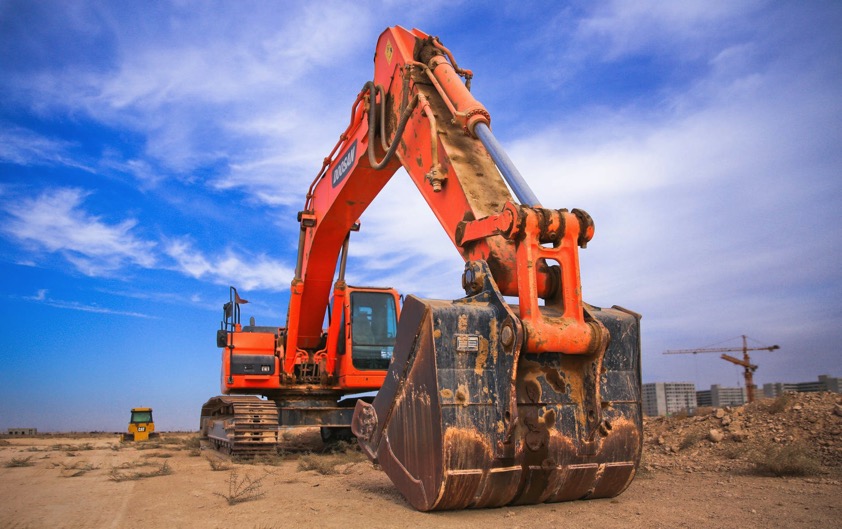Translating a technical document can be a lot more complicated than most people imagine. Not only do translators need to ensure that the text is accurately translated in the right content but also that the technical terms are used proficiently. As a matter of fact, technical terms need to be used in the context of the translated document. At times the terms themselves will also need to be explained using suitable and equable counterparts. Above all the translated document needs to carry the same tone and air of authority, which means that it needs to sound professional as though written by an expert.
Using technical glossaries or databases
Technical terms in fields like engineering and medicine can be the building blocks of the entire document. The technical terms are an integral part of the sentence and the content as a whole which is why they can’t be removed. That’s where using an extensive database of technical terms and their corresponding translated words come in. Many professional translation services maintain databases of technical terms in almost every language the service is offering.
Translated terminologies often explain the use of the phrase as well as the content in the source language. So, translators get a good sense of how the term needs to be used in the translated document. Many times businesses will approach translation services with technical terms of their own to be used in the document. For instance, some businesses may prefer the term ‘desk’ as opposed to ‘table’ for their documents. So, it’s necessary that the translated document mention’s ‘desks’ and not ‘tables.’ The same goes for technical terms which cannot be swapped even with others that may share the same meaning.
Another instance of a technical engineering term is “Common Rail Diesel Engine.” A very complex term but one which if not translated accurately into a language like German can end up sounding awkward. So, as translators, it’s necessary to identify, define and then manage the terms prior to commencing a translation project.
Make sure that you have a technical glossary
One of the first steps to getting your website, brochure or manual, etc. translated is to send over a technical glossary. If your business does not maintain a technical glossary, then perhaps a list of commonly used technical terms with what they mean would be helpful. Our professional translators will then work to go through the list of technical terms and find equivalent counterparts. That said in some cases technical terms might be the same in both the source and the translated language in which case it’s important to understand the context of use.
Professional technical translation methodology
One of the biggest difference we make when tasked with technical translation is first to identify the best translator with a background in the industry. Translators then work to identify all the technical terms in a document, have those words translated, before translating the document. This approach allows for the most accurate translations of technical documents in all languages.

